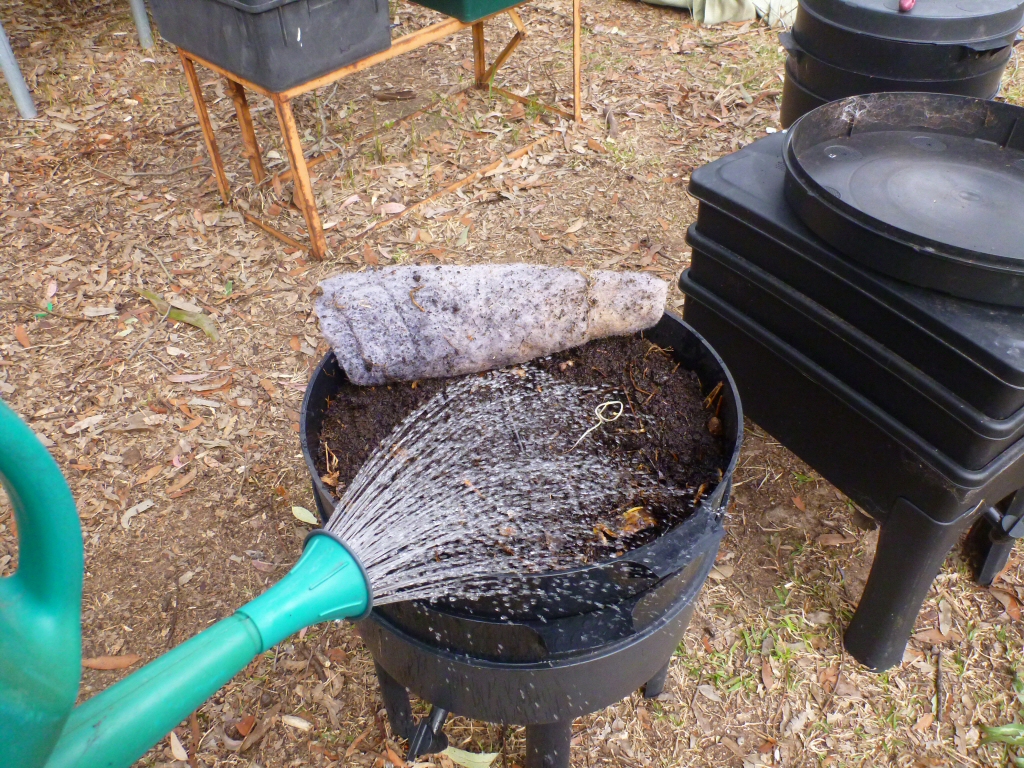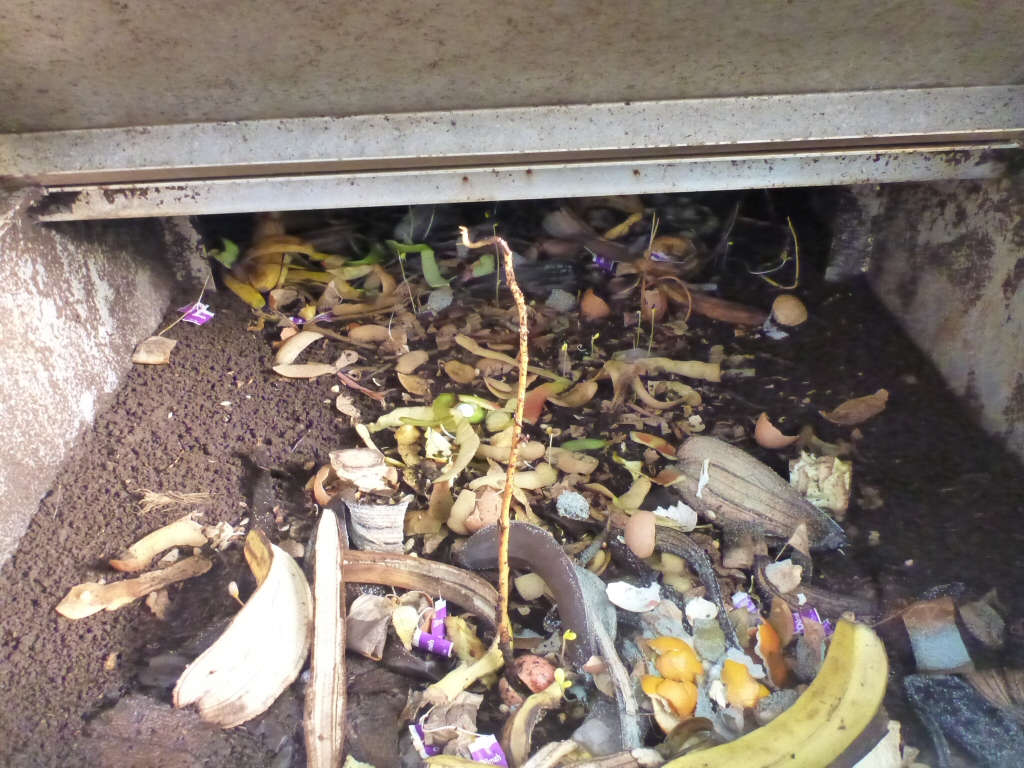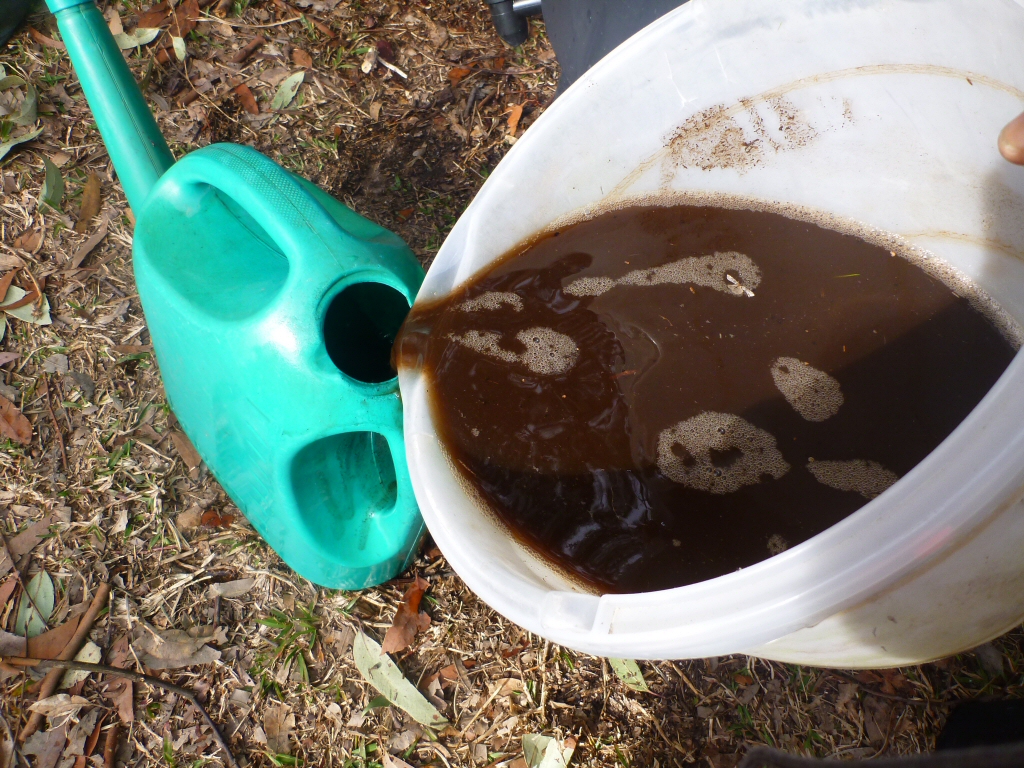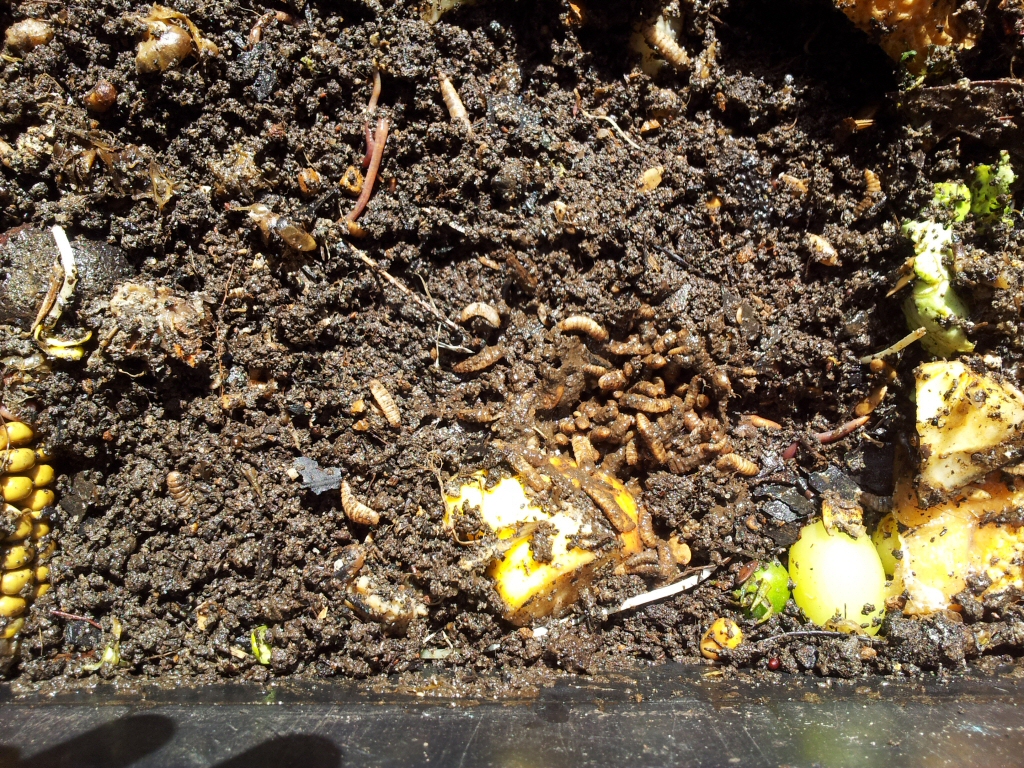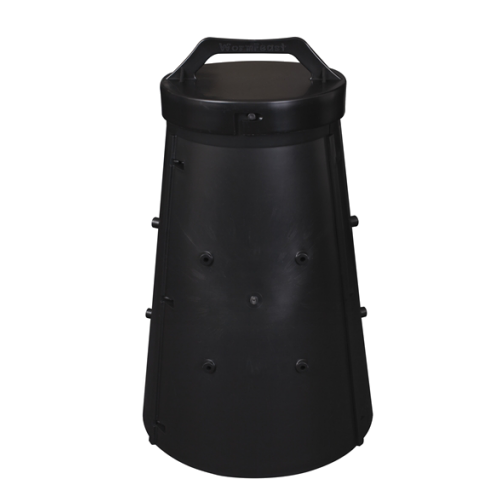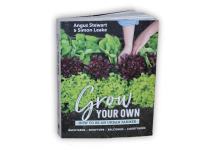Worm farms are a terrific option for recycling all kinds of organic materials in your garden. They are particularly useful for gardeners that have small amounts of organic materials such as kitchen scraps on a daily basis. A worm farm can easily keep pace with the organic waste from an average sized family once it gets going, and provide you with a continuous source of organic fertiliser at the same time.
Commercially available worm farms
There are many different products out there. Look for the following features; a tap that allows you to drain off the liquid that can then be used as a liquid fertiliser; a series of interlocking trays that allow you to rotate them as the material at the bottom of the worm farm has fully broken down. If you find that the tap blocks up often, it can be removed to allow the worm liquid to flow freely.
There are some great advantages with these farms –
- The well fitting lid keeps out vermin…..rats and mice can raid home made worm farms and snack on your wriggly friends and the scraps, a good lid will prevent this
- their large capacity means you can add all sorts of goodies to be broken down, including cardboard boxes (avoid shiny printed ones though)
- The legs give space to keep a small bucket under the tap to catch all the run off to use as a well balanced fertiliser
- Once the bottom layer material is fully processed, it is a great nutrient and beneficial bacteria rich medium to add to garden soil and potting mix, the empty tray is then moved to the top of the unit
- They look neat and tidy
Creating a worm farm – home made types
While there are many excellent ready to use worm farms available commercially it is also possible to build your own worm farm for next to nothing. Some timber sleepers and hessian sacks are all that is required to get you started. Simply create a raised bed up to half a metre high with the sleepers and fill in the bottom with a 10cm thick layer of well-rotted organic matter such as compost or old manure. Purchase a starter pack of tiger or red worms from your local nursery, large hardware shop or right here on my shop. Release them into the organic matter and then start adding your organic waste materials on top, being careful to cover them with hessian weighed down by house bricks. It is a good idea to divide your worm farm into two halves so that when one has reached the top you can simply leave it for a few weeks to break down while you have started adding your wastes to the other half of the heap.
What kind of worms do I use?
Tiger and red worms are the two most commonly used types. These worms are particularly well adapted to living in concentrated piles of organic matter such as compost heaps. The worms in your garden soil are unsuitable as they are used to much lower concentrations of organic matter and cannot cope with a worm farm. Similarly, the worms from your worm farm will not be able to adapt if released into your soil.
What do I feed them?
Worms can cope with virtually any organic material provided that it is not in excessive quantities. It is often recommended that you do not feed them citrus peel or onion but in my experience small amounts are easily absorbed.
One complaint I regularly hear is that the worms don’t seem to be keeping up with the amount of food they are being given. This can have different causes-
- if your farm is new, give the worms time to settle in, as they like to create a good bed of castings before they really get busy. You can help this process along by adding a well soaked block of coir peat (available in the nursery section of hardware shops) to the farm.
- you need to keep the moisture levels up, as drying out will kill your worms. Add a small amount or a watering can of water every few days, it will run through and keep your worm friends damp, and you will be able to harvest any run off from the bottom to use for your plants.
- if the farm gets too wet, add some chopped straw, brown corrugated cardboard or shredded paper. Worms will eat all of these, but not printed shiny cardboard or too much newspaper.
- a good balance of ‘green’ material to ‘brown’ material is needed for a healthy worm farm. ‘Green’ material is fresh vegetable and fruit waste and green lawn clippings and all of these are high in nitrogen, ‘brown’ materials are dried leaves, corrugated and ordinary cardboard, paper towel, shredded paper and all of these are high in carbon
- too much of nitrogen rich ingredients can form ammonia, which can burn delicate worm skin, so be sure to add some carbon rich material when you add a lot of fresh scraps
- worms need a moderate temperature, not too hot or too cold. In summer put them under a tree or in the shade of a wall. On cold winter days they can be put somewhere to absorb the heat from the sun.
- in time the farm can become quite acidic, a small sprinkle of garden lime will help to restore a good pH balance to allow your worms to thrive.
- a sprinkle of plain flour gives worms a boost for breeding. Be sure to water after you add it.
- disturbing worms by digging around in their worm bed upsets them, so keep this to a minimum
What do I do with the compost from my worm farm
Depending on the type of worm farm you have you may be able to harvest the liquid runoff as well as the solid organic matter (sometimes known as vermicompost). Many commercially available worm farms have a series of trays that have a tap at the base that allows you to drain off the rich organic liquid generated by your worms. This is one of the best liquid fertilisers you will ever use. Be careful, however, as it is potent stuff if you only run a small amount of water through the farm, and needs to be diluted one part worm liquid to 10 parts water or it may burn your plants. If you use a larger amount of water (a whole watering can) then there is less need to dilute the liquid that runs off. Be guided by the colour of the worm tea- very dark and it is a good idea to add water to dilute, a lighter colour should be fine.
At the base of your worm farm will eventually be a build up of fully composted organic matter or vermicompost. This is a rich mix of humus, nutrients and beneficial microorganisms such as fungi and bacteria. This material can be forked into the soil of new or existing garden beds or can be added to potting mixes in a ratio of 1 part vermicompost to 9 parts potting mix (you do not need to be too precise with this).
What about all the other creatures that I might find in my worm farm?
A variety of other organisms will thrive in the organic rich environment you have created with your worm farm. The most common are the larvae of the soldier fly, which are white grub-like creatures with segmented bodies about a cm long. A build up of these usually means there is too much moisture for your worms to thrive and can be corrected by adding a coarse material such as straw that will help aerate the mix.
You may also find small flies attracted to the fruit and vegetable scraps, these are normally vinegar flies and are harmless. Frogs can set up home in the moist and safe environment of a worm farm and will snap up flies.
Good aeration is critical
Perhaps the single most important factor in maintaining your worm farm is aeration. Most worm farms are called upon to deal with lots of moist kitchen waste such as vegetable peelings, spoiled lettuce leaves and so on. Such materials if piled on can rapidly lead to a lack of oxygen that literally smothers your worms. A telltale sign of lack of oxygen is a foul smell rather than a faint earthy smell. The solution lies in mixing the moist materials with things that will trap air such as straw or shredded cardboard. These are also a good source of carbon, which is needed to balance the nitrogen rich scraps. A worm blanket placed on the top of the worm bed really helps to create an airy yet moist space for worms to do their work of munching through organic matter too. You will find worms clustered underneath the blanket where they can get enough oxygen to keep them happy. A worm blanket can be a commercially available one or as simple as an old towel or any material made from natural fibres such as cotton, hemp or wool.
Buy RELN Garden worm farm products online now! >>>>>
For lots of information on home growing vegies, worm farming and lots more, check out the book
“Grow Your Own”….buy it here>>>>


